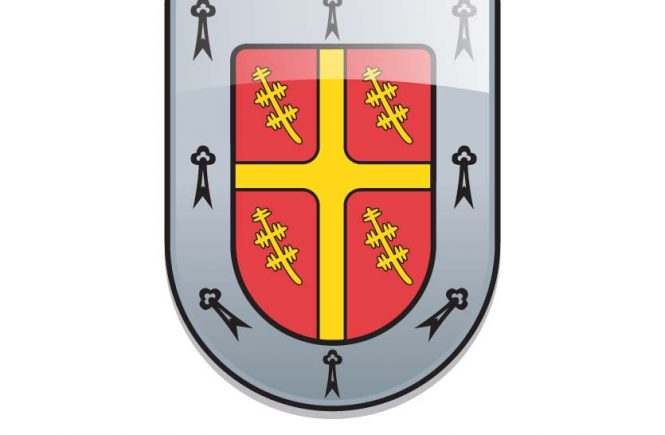Screening remains the primary defense available to women against contracting breast cancer.
“Breast cancer screenings are very beneficial for women. These examinations should be periodically done by women even if they are not suspected of having breast cancer. There will be more lives saved if more women will take advantage of these screenings,” Ronald delos Reyes, program coordinator of Eduardo J. Aboitiz Cancer Center (EJACC) of Ramon Aboitiz Foundation Inc. (RAFI), disclosed.
EJACC continues to advocate the prevention of breast cancer through screening, more strongly so during October, which is declared Breast Cancer Awareness Month, when the cancer center will hold the annual “Moonwalk: A Walk for Breast Cancer Awareness”.
This year, Moonwalk will gather hundreds of participants in pink costumes on Oct. 2 and walk together from Plaza Independencia to the Fuente Osmeña Rotunda.
Breast cancer is the leading cause of cancer-related deaths among Cebuano women, based on EJACC’s Metro Cebu Population-based Cancer Registry. Delos Reyes added that men are not exempt from contracting the disease.
EJACC records women aged 50-54 years old are the ones most likely to be diagnosed with breast cancer. In 2003-2007, there are 657 deaths out of the 1,349 breast cancer cases.
“Breast cancer screening means checking a woman’s breasts for cancer before there are signs or symptoms of the disease. This can help detect cancer at an early stage. When abnormal tissue or cancer is found early on, it is easier to treat,” Delos Reyes explained.
There are three periodic examinations that are employed to screen the breast for cancer. These are monthly breast self-examination (BSE), annual clinical breast examination (CBE), and annual mammography.
Beginning in their 20s, women should do breast self-exam. This examination enables women to be familiarized with their breasts for lumps, changes, or abnormalities in shape or size of the breast, in the armpit area and other areas of the breast.
“Breast self-exam can be easily performed while during bath time. One can discover breast lumps when their skin is moist. Do small circles in up and down pattern in the surrounding area of your breasts by applying light and firm pressure over each area,” he said, pointing out that changes in color and texture of the skin and nipple should also be checked.
Some other things that should be noted during BSE are swelling, nipple pulling inward, nipple discharge (not breast milk), and unusual pain in the breasts.
He said that BSE should be performed five to 10 days after the monthly menstruation period. To those women who no longer have monthly periods, they can do the examination any time of the month.
On the other hand, when women reach the age of 40, an annual CBE should be done by a trained and healthcare professional.
“The annual CBE is a good time for women to learn the proper technique to examine their breasts, ask questions regarding their health, and note any changes or abnormalities,” he said.
Annual mammography, on the other hand, should be done at the age of 40 and above. A mammogram is a low dose X-ray of the breast used to detect abnormalities, including those too small for you or your doctor to feel or see.
All women are at risk of developing breast cancer, he pressed.
“Simply being a woman is the main risk factor for developing breast cancer. This is because of the female hormones, estrogen and progesterone, which can promote breast cancer cells,” he said.
He added that those women who have had early menstruation (before the age 12), those who went through late menopausal (after age 55), and women who have not had children or who had their first child after the age of 30 have a higher risk of developing breast cancer.
The increase in risks may be due to a longer lifetime exposure to the hormones, estrogen, and progesterone.
“Seventy percent of the newly diagnosed breast cancer cases in Metro Cebu were found in the later stage of the disease. As the cases of breast cancer is becoming higher in number, the best option and the primary prevention is periodic screenings,” he said. (By Chrisley Ann Hinayas/Ramon Aboitiz Foundation Inc.)



